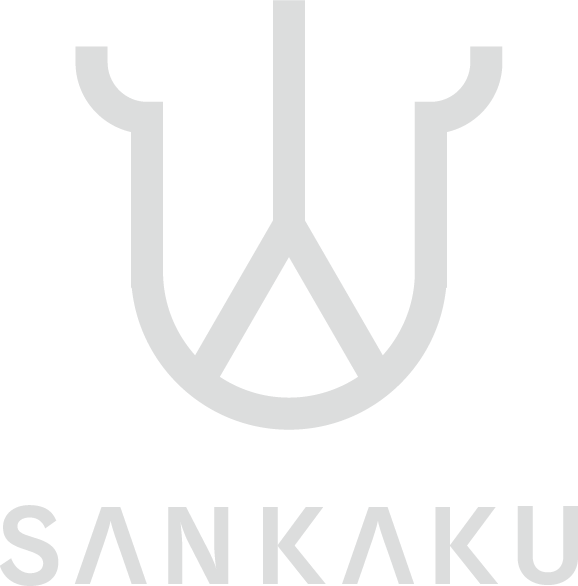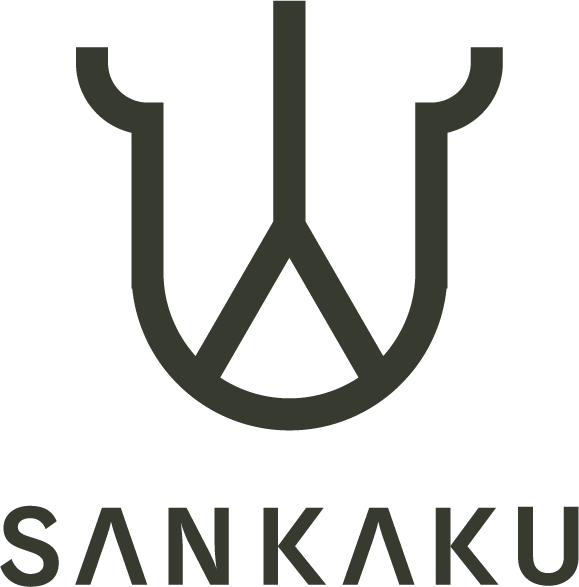P R O J E C T
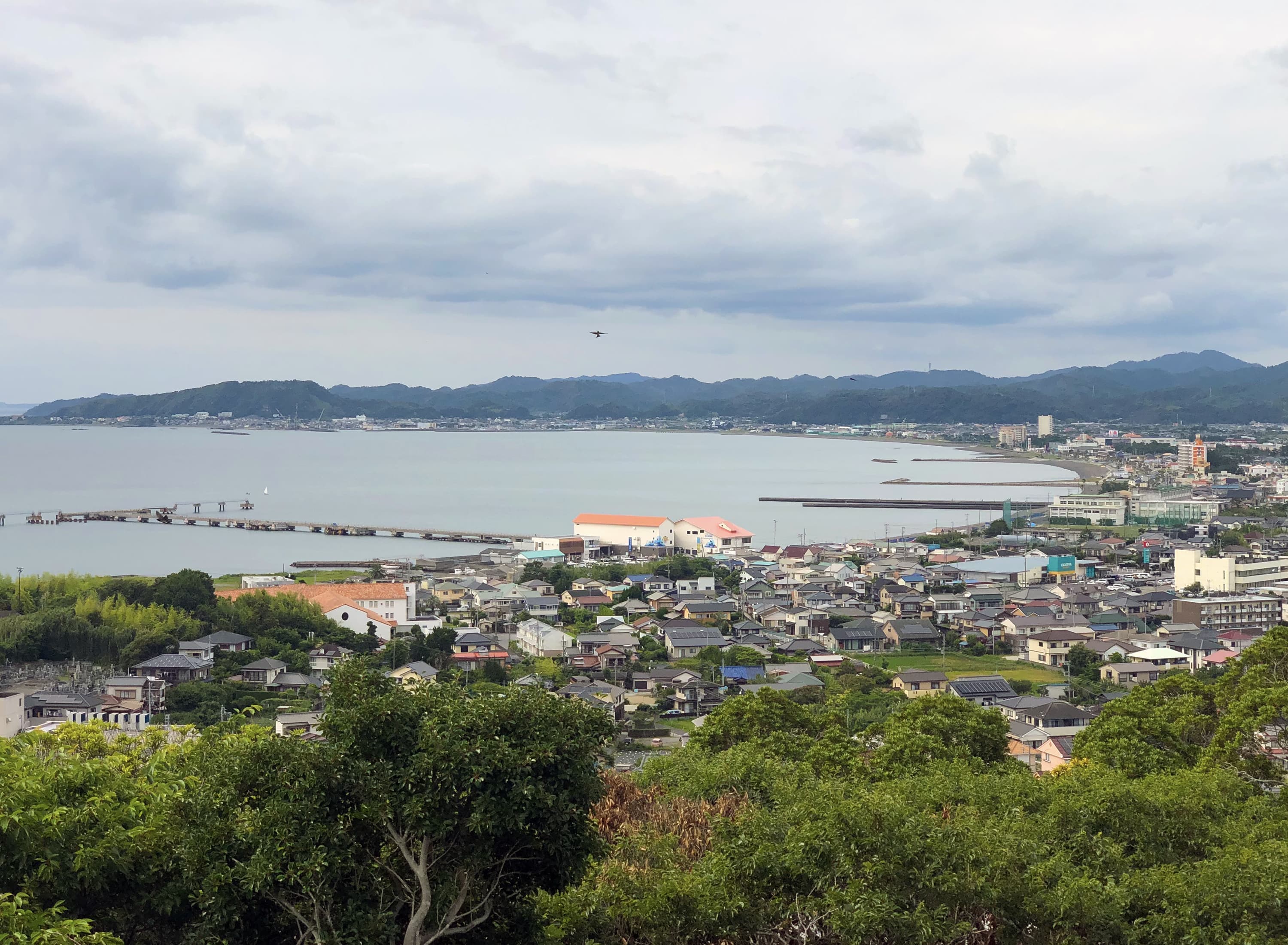
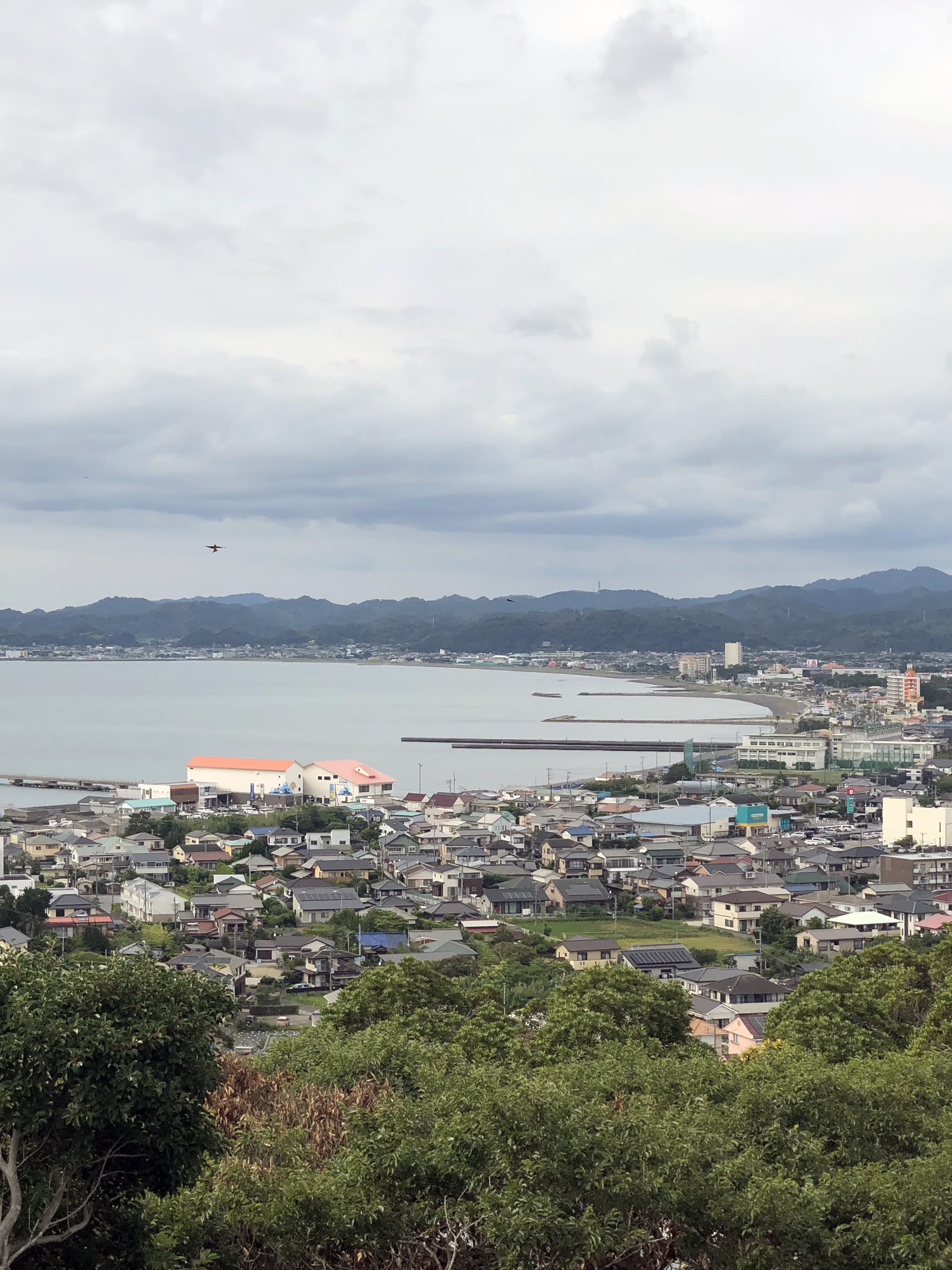
SANKAKU(参画)
千葉県ではイノシシやキョンなどの獣害によって、 農作物や住民が被害を受けています。 今まで廃棄されてきた駆除個体は、 館山ジビエとして販売し、個体管理・被害防除・生息地管理など、共に住みやすい地域づくりへの対策を行っています。新たに廃棄ゼロを目指し、皮を活かしたジビエレザーブランド 「SANKAKU」を立ち上げました。 地域の絆で持続可能な未来のために、獣害対策に”参画”する皆様と共にサスティナブルな素材として、野性味溢れたワイルドな素材感や風合いをお楽しみ下さい。
Participation. In Chiba Prefecture, crops and residents are being damaged by animals such as wild boars and muntjac.The exterminated individuals that have been discarded up to now will be sold as Tateyama Gibier, and will be used for individual management, damage control, and habitat conservation.We are taking measures such as management to create a community where everyone can live comfortably. Aiming for zero waste, the leather We have launched "SANKAKU", a game leather brand that takes advantage of this. Creating a sustainable future through local tiesFor the future, we will work together with everyone who participates in animal damage prevention to create sustainable materials that are full of wild flavor.Please enjoy the wild texture and texture.
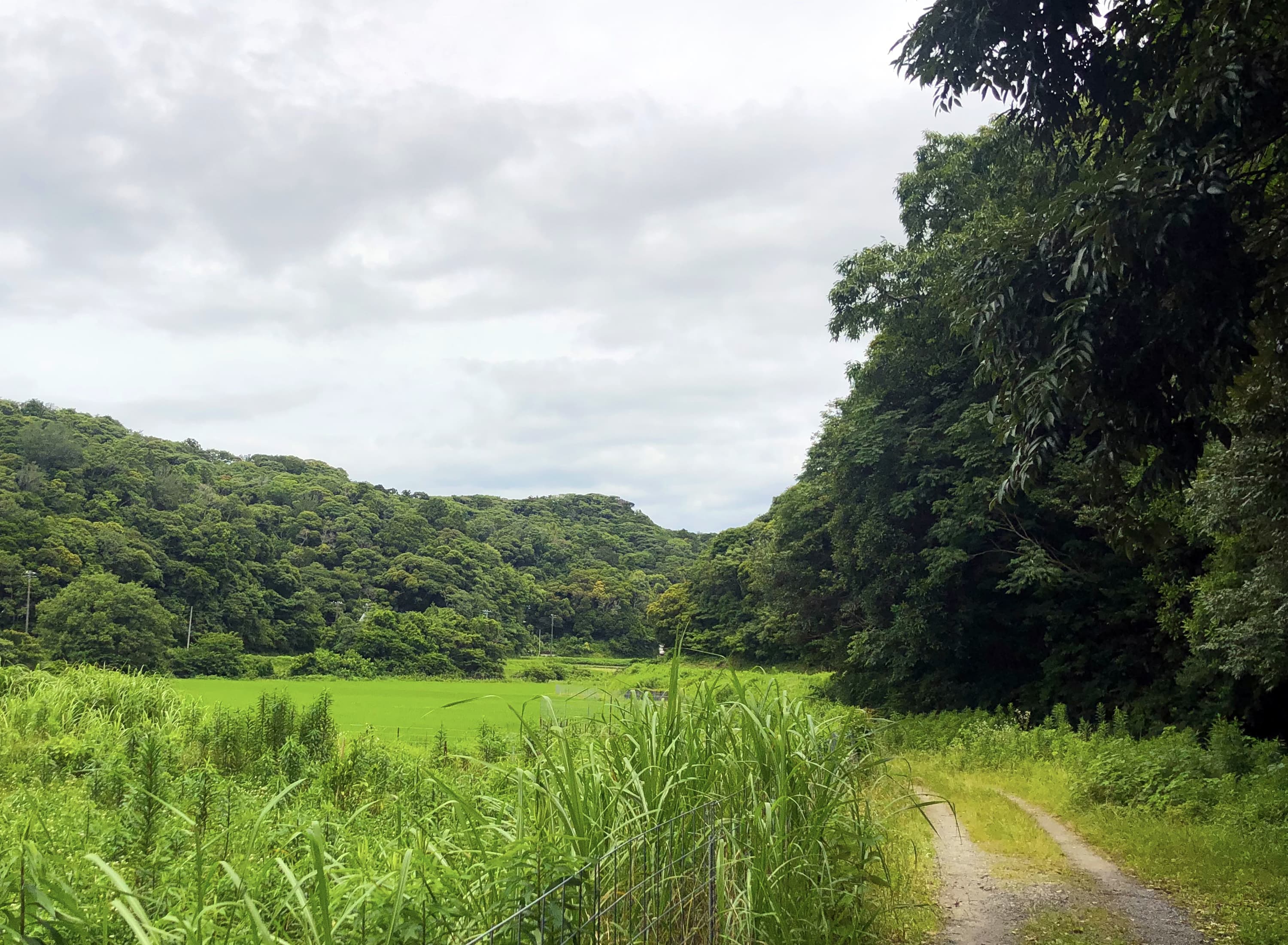
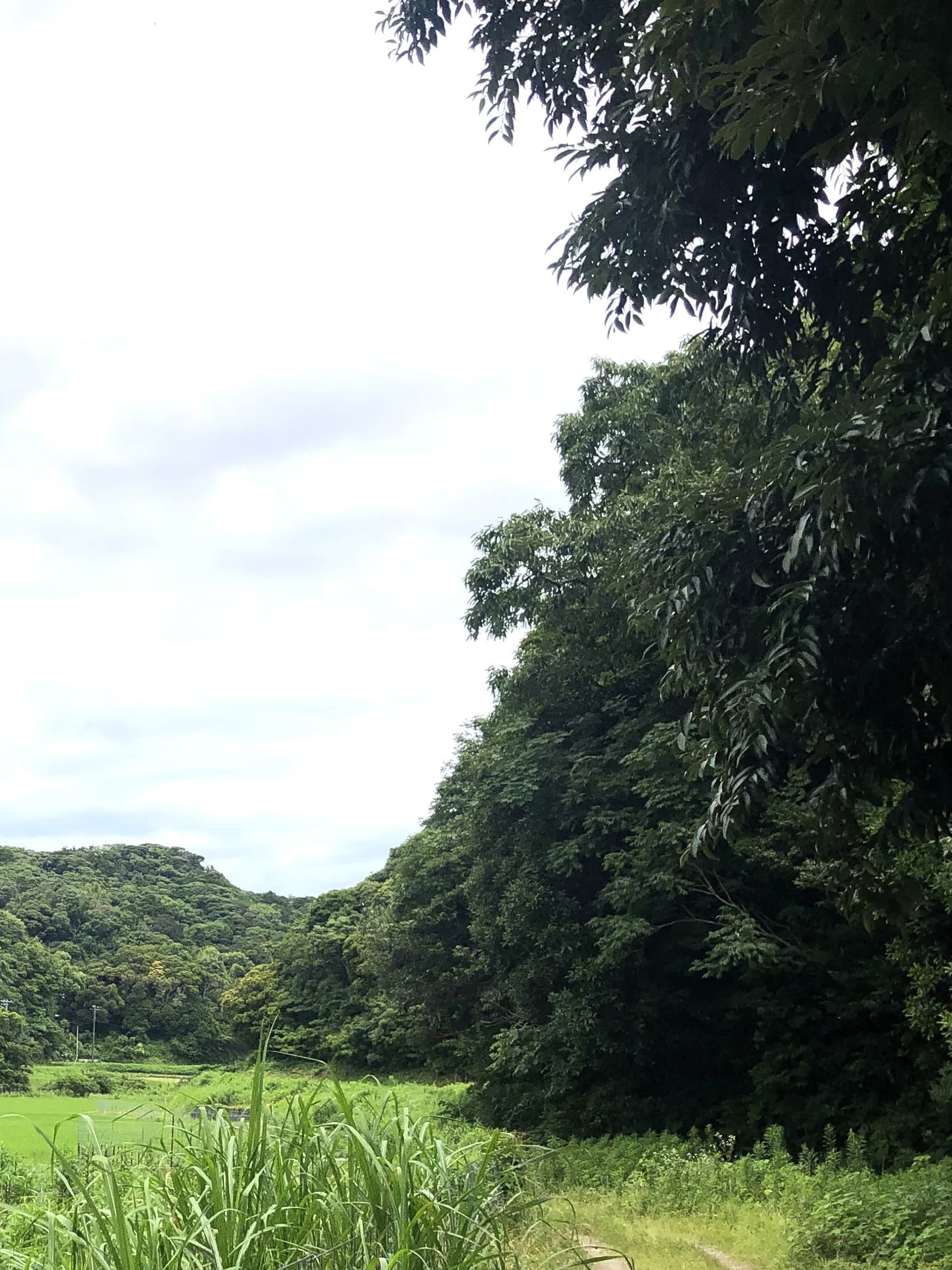
革と里山について
自然豊かな千葉県南房総では、人口減少が急激に進み山の材を活用することが少なくなってきました。そのため、山が荒れたり、山と里との境界があいまいになってしまい、野生動物に田畑を荒らされたり交通事故が多発したりと問題が起きています。こうした問題に対処するため、里を荒らす野生動物の数を減らす駆除を行っており、同時にその素材の活用についても進められています。一方で、動物の生きる山を回復させること(生態調査や山林の整備)。里と山との境界線を引くこと(田畑の防御や草刈り)。を同時に行っていくことがたいせつです。館山ジビエは、本当の意味での山と里の共生を目指して、その売り上げの一部を活用して山の生態調査や田畑の防除を進めていきます。
In Minamiboso, Chiba Prefecture, which is rich in nature, the population is rapidly declining and the use of mountain wood has become less common. As a result, the mountains become rough and the boundaries between mountains and villages become blurred, leading to problems such as fields being destroyed by wild animals and traffic accidents occurring frequently.In order to deal with these problems, efforts are being made to reduce the number of wild animals that ravage the village, and at the same time efforts are being made to utilize their materials.On the other hand, restoring the mountains where animals live (ecological research and forest maintenance). Drawing the boundary line between the village and the mountains (field defense and weeding). It is important to do both at the same time. Aiming for a true symbiosis between the mountains and the village, Tateyama Gibier will utilize a portion of its sales to carry out mountain ecological research and field pest control.
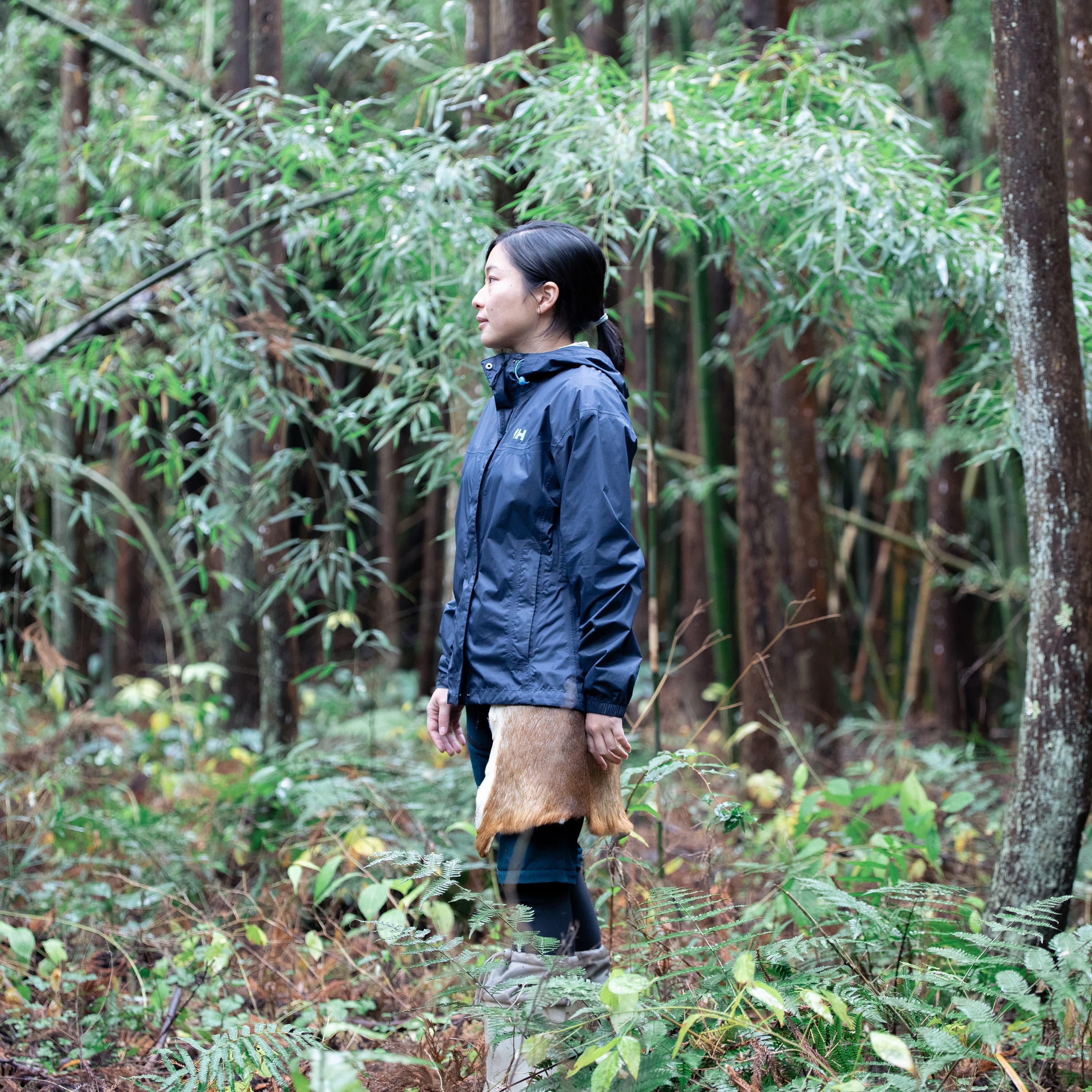
大阪谷 未久 / Miku Osakadani
合同会社DIEM代表。早稲田大学在学中、農業系サークルの活動がきっかけで南房総に通う。卒業後、都内の出版会社勤務の傍ら農家と交流を重ねる。2022年より両国の革小物製作会社「東屋」にて修行。同時に安房地域で駆除された野生動物の皮を引き取り、毛皮や革製品の企画製作を行う。2024年より、館山駅前にて店舗兼工房である「atelier lab. 伝右衛門製革所」を運営。
Representative of DIEM LLC. While attending Waseda University, he attended Minamiboso due to his activities in an agricultural club. After graduating, while working at a publishing company in Tokyo, he continued to interact with farmers. From 2022, he will train at Azumaya, a leather goods manufacturing company in Ryogoku. At the same time, they collect the skins of wild animals exterminated in the Awa area and plan and produce fur and leather products. From 2024, we will be operating a store and workshop called ``atelier lab. Den'emon Tannery'' in front of Tateyama Station.
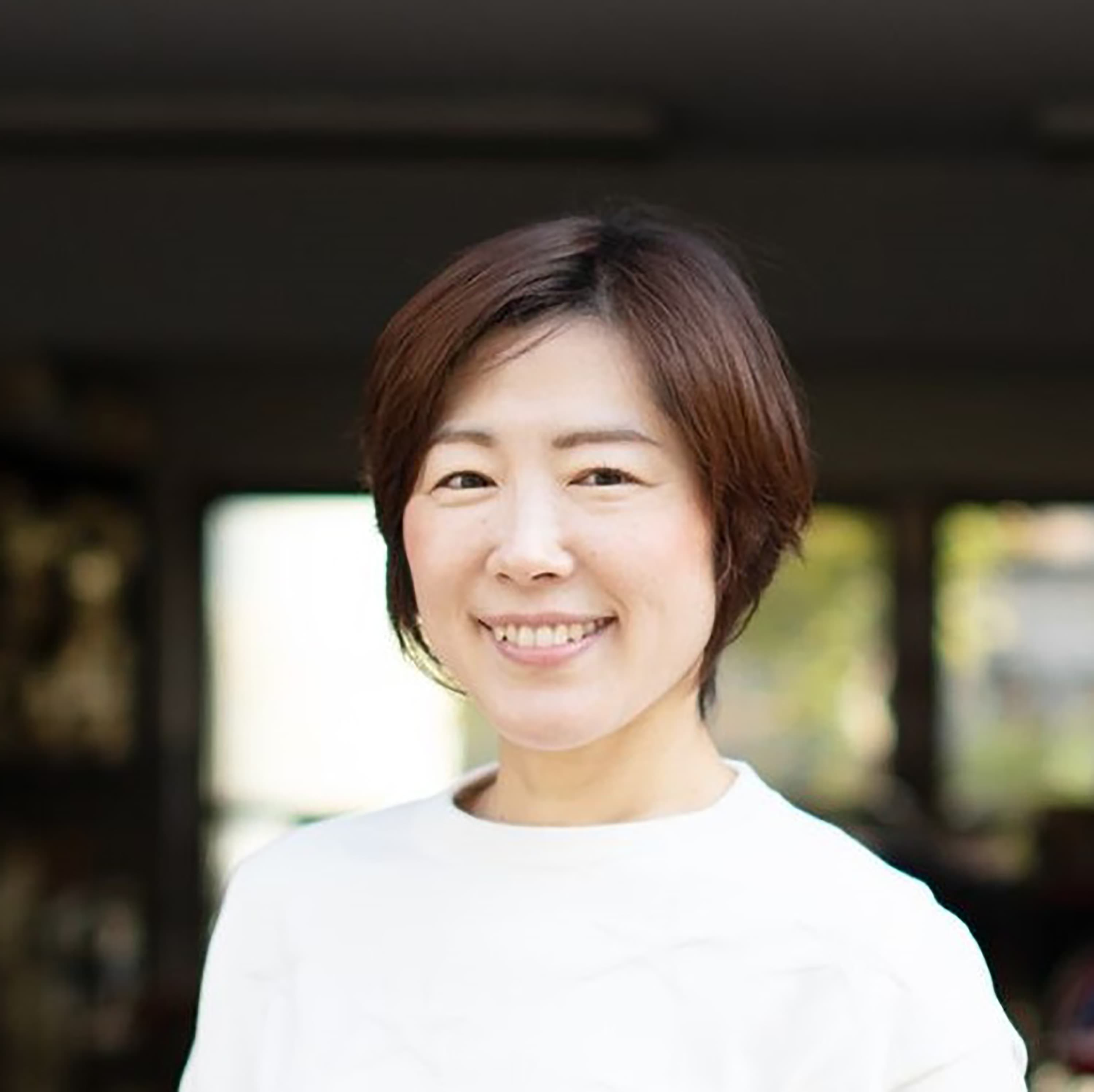
木戸 麻貴 / Maki Kido
100年続く革小物製作会社「有限会社東屋」6代目社長。「モノづくりに携わるすべての人が、楽しく、笑顔に。」をコンセプトにオリジナルブランド『MADE IN RYOGOKU』を立ち上げ、丁寧で細部にこだわる革小物製品を展開。ブランドの顔である「まるあ柄」は2016年すみだモダンに認証された。ジビエレザー製品の商品開発においては、企画から製造までアドバイスとサポートを行っている。
He is the 6th president of Azumaya Co., Ltd., a leather goods manufacturing company that has been in business for 100 years. We launched our original brand ``MADE IN RYOGOKU'' based on the concept of ``making everyone involved in manufacturing have fun and smile,'' and develop small leather products with careful attention to detail. The ``Marua pattern'', which is the face of the brand, was certified by Sumida Modern in 2016. In product development of game leather products, we provide advice and support from planning to manufacturing.
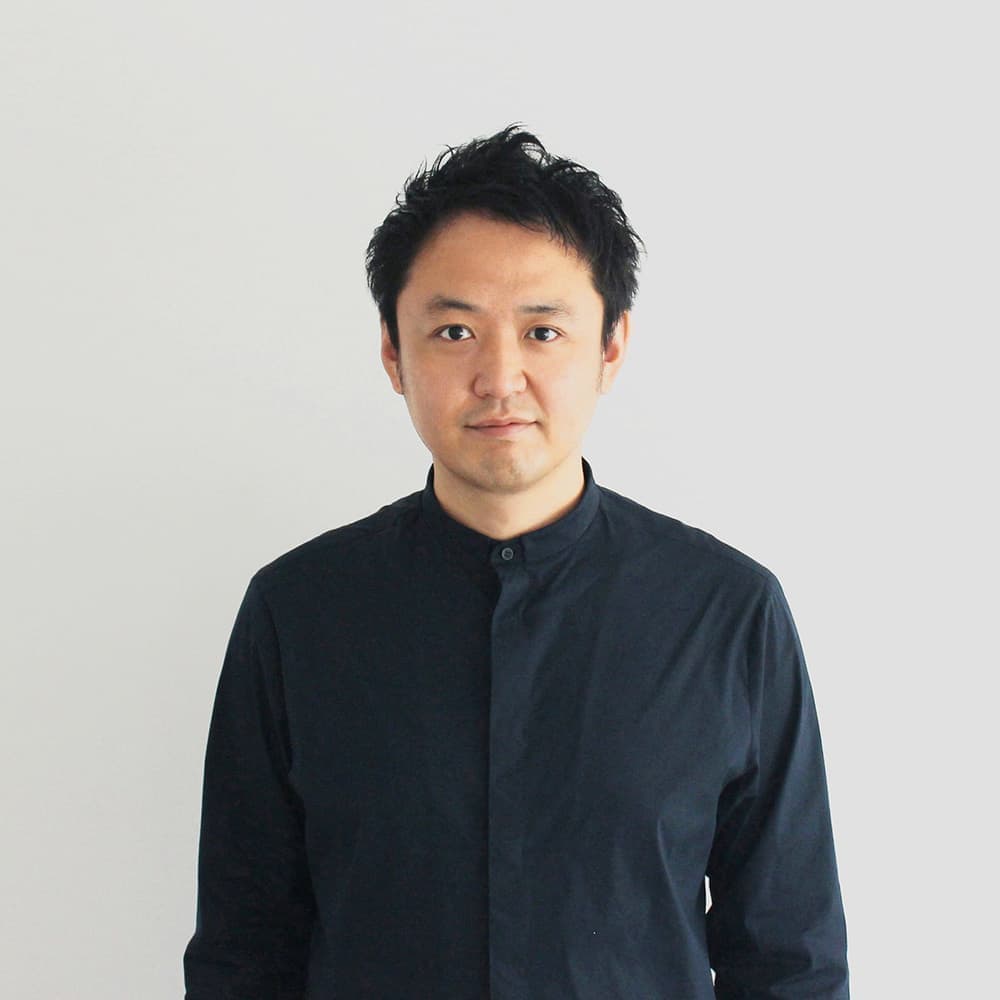
梅野 聡 / Satoshi Umeno
プロダクトデザインを中心にさまざまな商品のプロデュース、ブランディングを手がけながらインテリア、ファッション、ウェブ、グラフィック、パッケージなど多岐にわたる分野で活動。ベストプロダクト デザインスタジオ ジャパン、IFデザイン、グッドデザインなど受賞多数。販路開拓のマネージメントや自社ブランドの販売など現在も東京を拠点に国内外にデザインと商品を提供しています。
While producing and branding various products with a focus on product design, he is active in a wide variety of fields including interior design, fashion, web, graphics, and packaging. Received numerous awards including Best Product Design Studio Japan, IF Design, and Good Design.Currently based in Tokyo, we provide designs and products both domestically and internationally, including managing market development and selling our own brands.
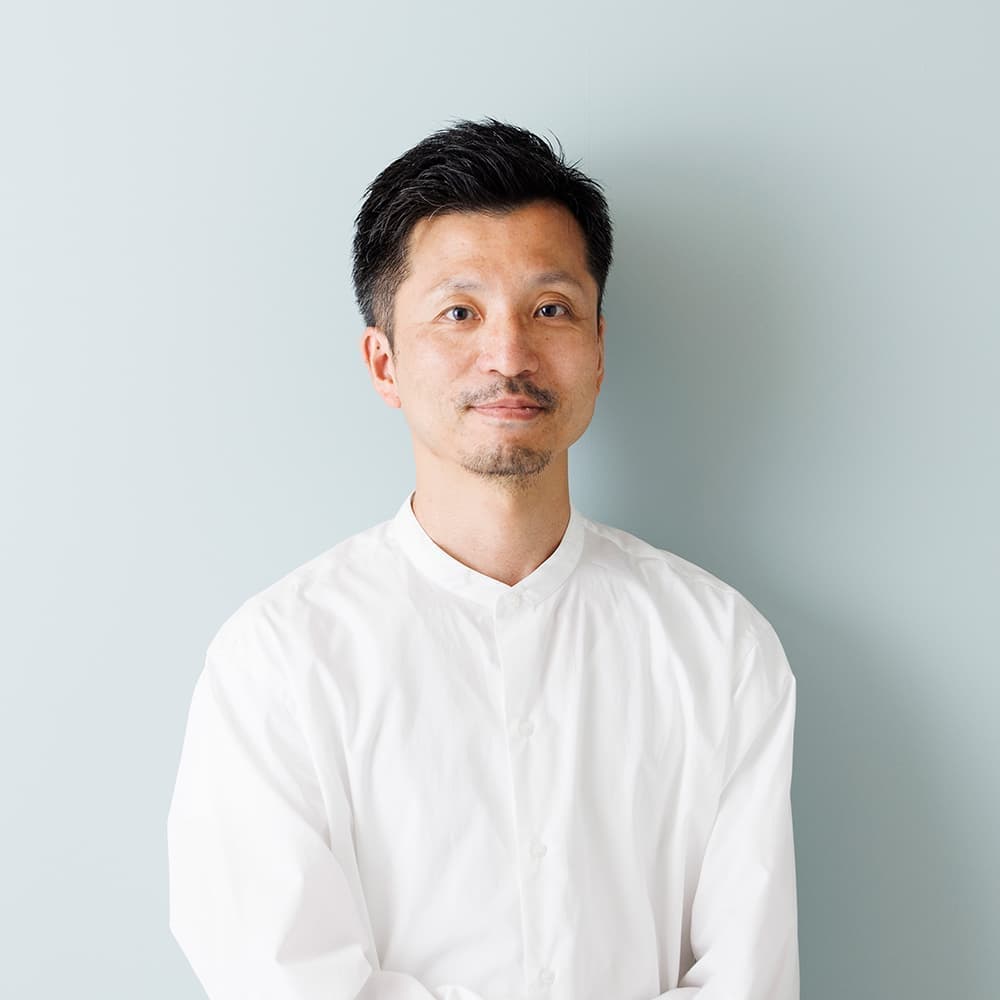
川北 康伸 / Yasunobu Kawakita
株式会社ダイコープロダクト代表取締役社長。日本大学商学部卒業後、東京のアパレルメーカー勤務を経て1999年に現在の会社に入社。同社は、1963年創業のさぬき市大川町にある手袋、バッグの二刀流縫製工場。国内・海外の両方にしっかりとした量産体制を築いている。4つの特徴的なオリジナルブランドを立ち上げ、機能とファッションの融合を軸に今までにはない価値を生み出すことに注力している。
Representative Director and President of Daiko Products Co., Ltd.After graduating from the Nihon University School of Commerce, he worked at an apparel manufacturer in Tokyo before joining his current company in 1999. The company is a dual-purpose glove and bag sewing factory located in Okawa-cho, Sanuki City, founded in 1963. We have established a solid mass production system both domestically and overseas. We have launched four distinctive original brands and are focusing on creating unprecedented value centered on the fusion of function and fashion.
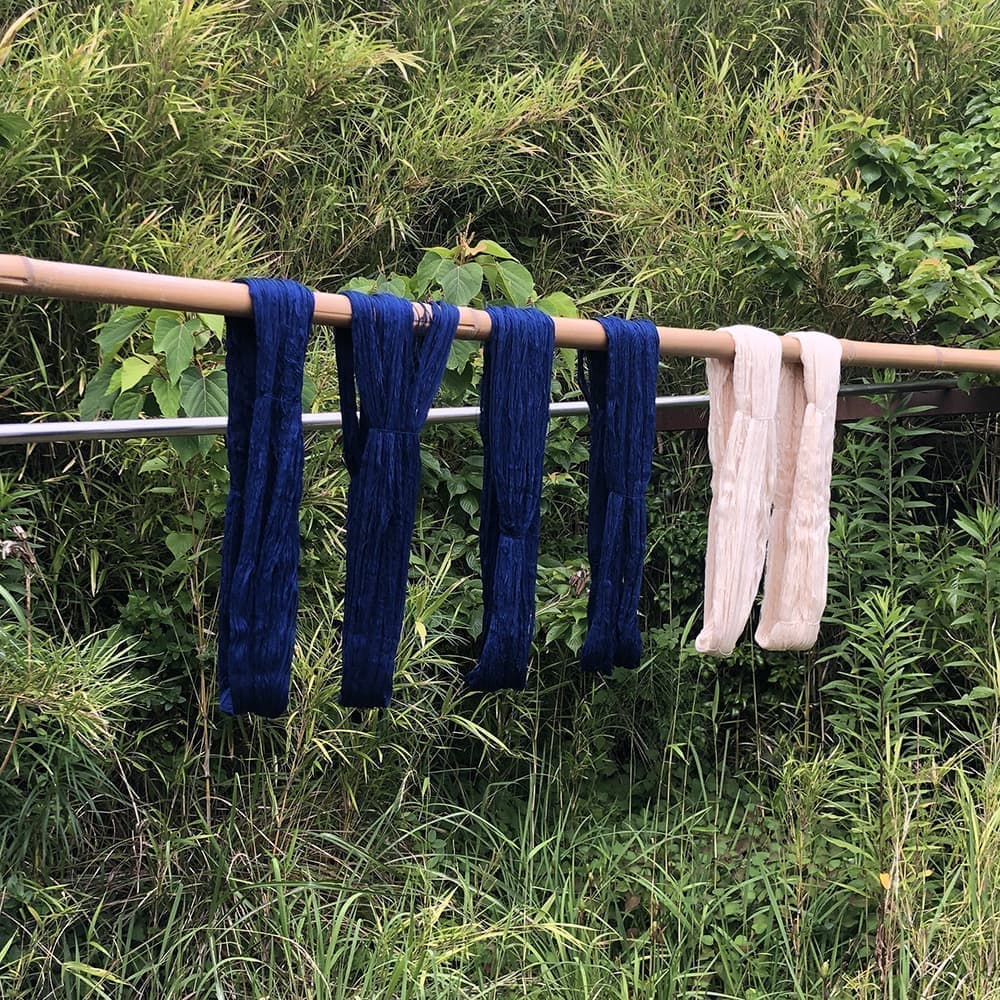
唐桟織 / Tozan-ori
唐桟織とは、細い木綿糸を植物を煎じた液で染め、独特の細かい縞を織り出した布。インドが原産で、16世紀末の安土桃山時代にオランダ船によってもたらされました。細かい縦縞や鮮やかな色調が、粋を好む江戸の人たちに受け入れられました。各地で唐桟織は織られていますが、昔ながらの伝統的な手法で織っているのは現在館山のみと言われています。
Tozan-ori is a cloth made by dyeing thin cotton threads with a liquid infused with plants to create unique fine stripes. It is native to India and was introduced by Dutch ships during the Azuchi-Momoyama period at the end of the 16th century. The fine vertical stripes and bright colors were accepted by the people of Edo who loved chic. Tozan-ori is woven in various places, but it is said that Tateyama is currently the only place where it is woven using the old traditional method.
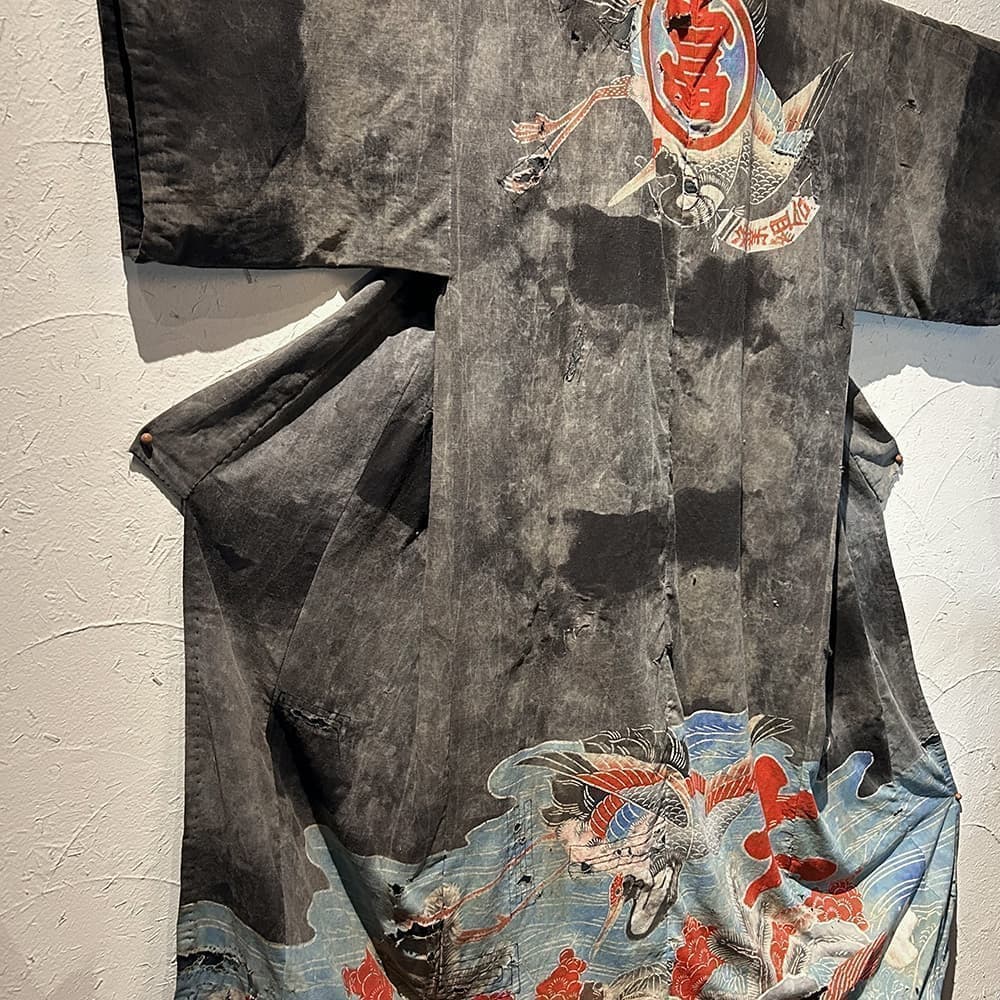
万祝 / Maiwai
万祝の発祥の地は千葉県房総半島と考えられており、1800年頃より万祝の着物を作る風習が始まりました。もともとは、大漁祝いのことであったが、それが次第に船主が大漁祝の際に配る着物を指すようになりました。当時は着物と言っても配られたのは反物であり、それを長着や半纏に仕立て、お祝いの時に祝い着としてみんな揃って着ていました。この風習は主に太平洋沿岸に広く普及し、北は青森・南は静岡まで普及していました。
The birthplace of Manju is thought to be the Boso Peninsula in Chiba Prefecture, and the custom of making Manju kimono began around 1800. Originally, it was a celebration of a big catch, but it gradually came to refer to the kimono that ship owners handed out to celebrate a big catch. At that time, even though it was called a kimono, it was a cloth cloth, which was made into a long kimono or a hanten, and everyone wore it as a celebratory kimono during celebrations. This custom was widespread mainly along the Pacific coast, reaching as far north as Aomori and as far south as Shizuoka.

